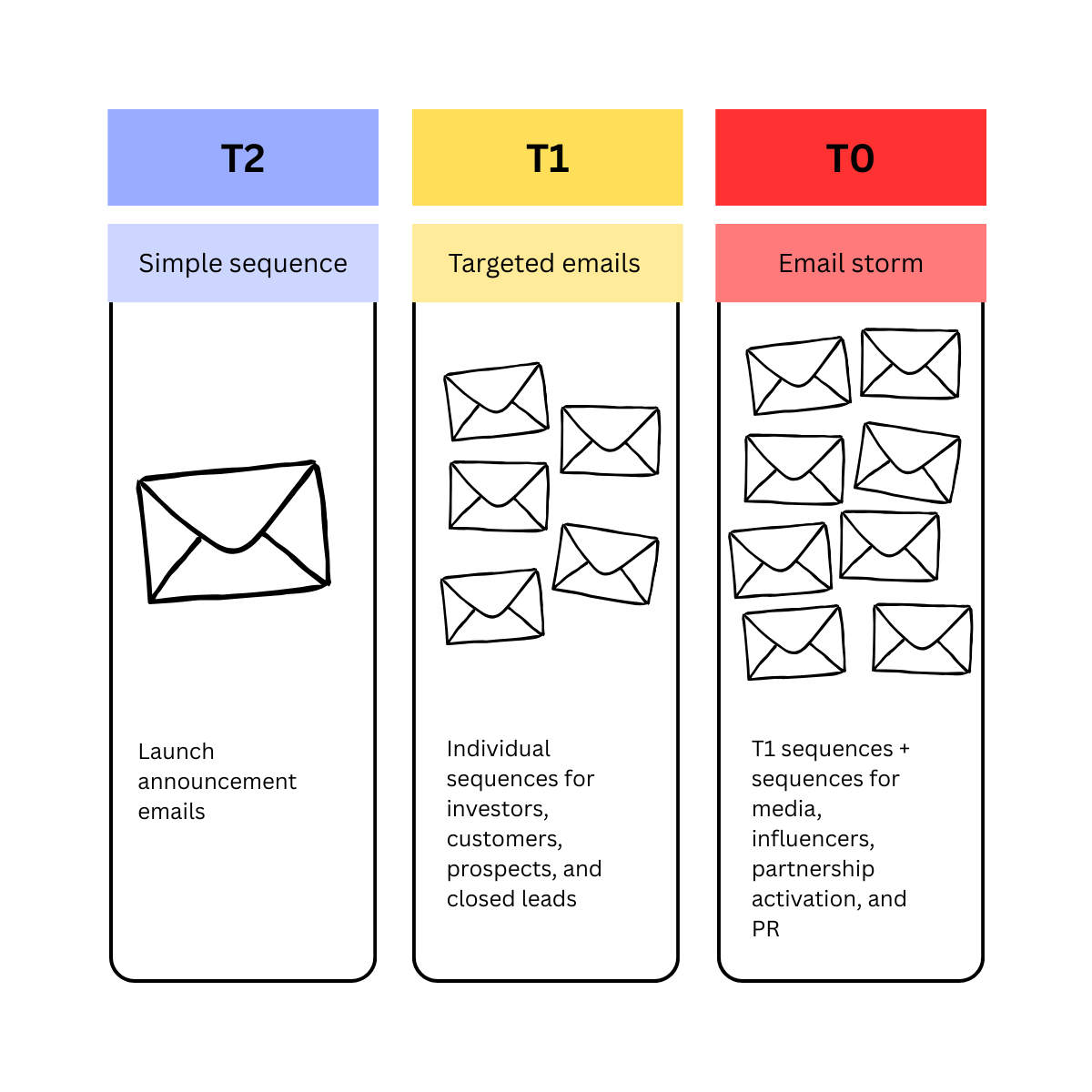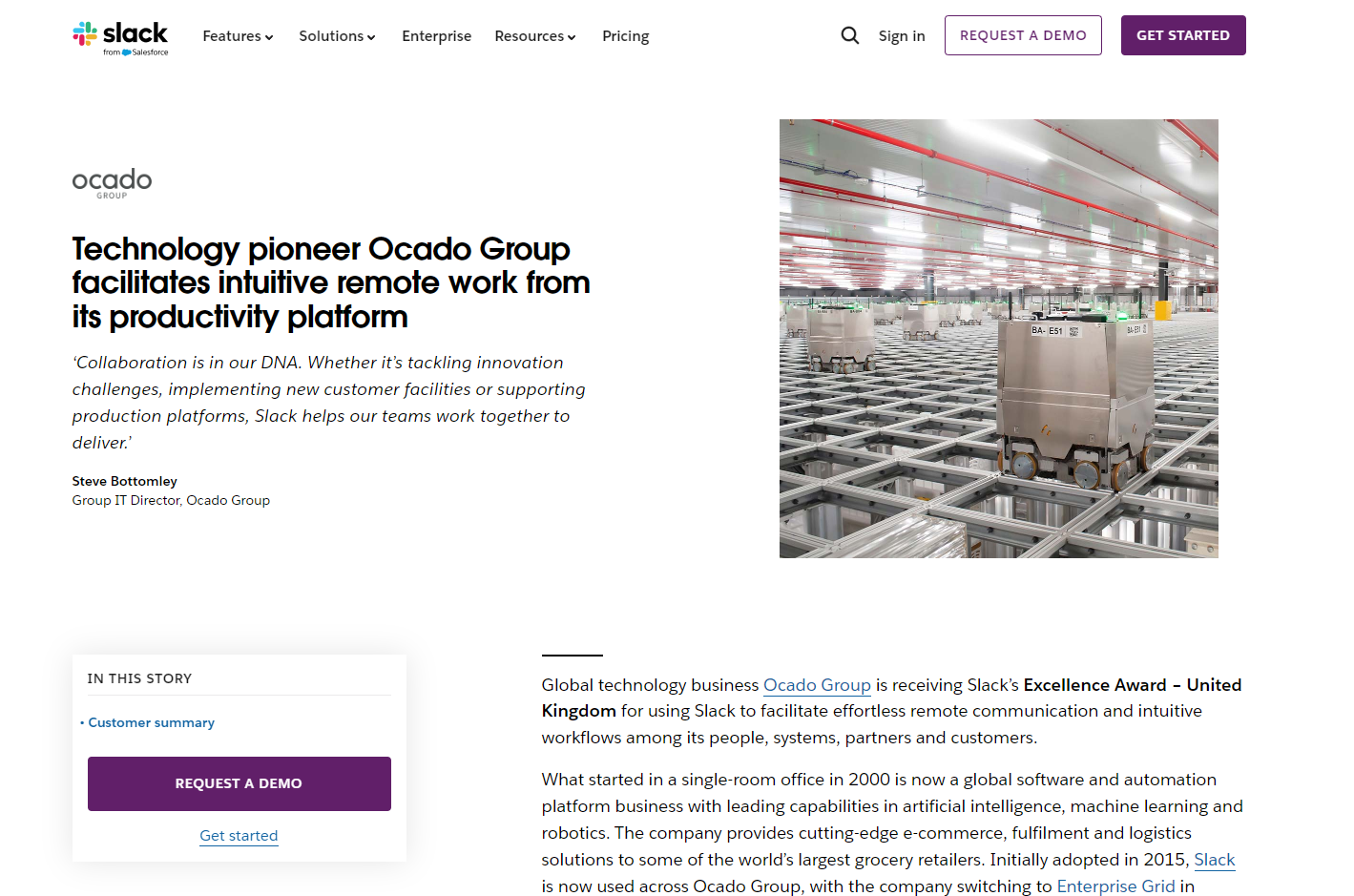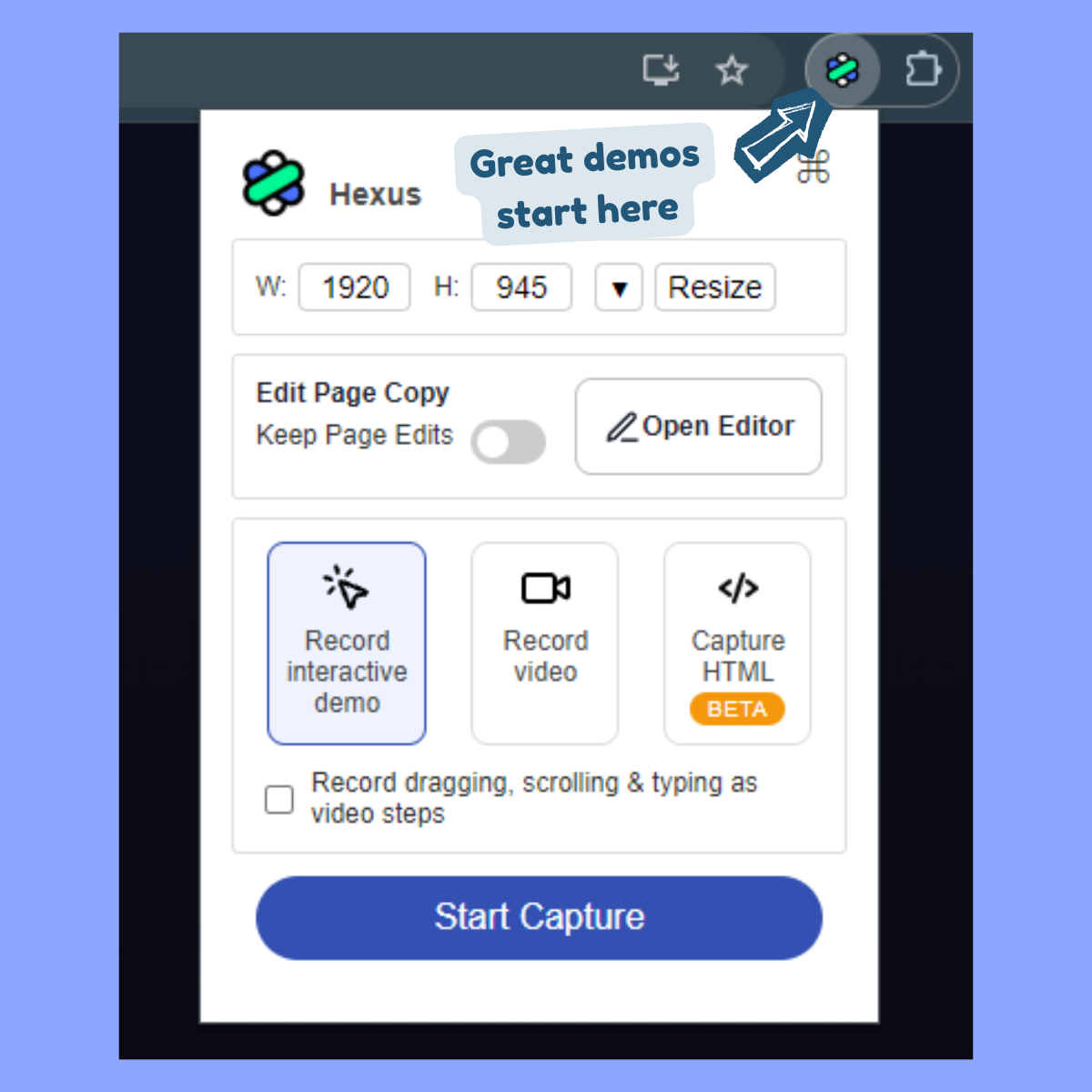How Qwiet Cut Demo Creation Time by 50% with Hexus
.png)
Qwiet AI is a unified application security platform that harnesses agentic AI to scan and secure code across all stages of the development lifecycle. In a single, efficient scan, it combines SAST (Static Application Security Testing), SCA (Software Composition Analysis), container scanning, secret detection, and SBOM (Software Bill of Materials) into a cohesive view, eliminating the need for multiple tools.
Qwiet's key capabilities include:
- Comprehensive vulnerability coverage across custom code, open-source dependencies, containers, and secrets.
- Agentic AI Autofix, which automates fixes, slashing remediation time by up to 95%.
- Highly accurate scanning, reducing false positives by up to 90% and offering a single scan that provides expert-level remediation suggestions.
Trusted by DevSecOps teams worldwide, Qwiet empowers developers with fast, accurate, and actionable code security. This helps teams build secure software without slowing down development.
What Were the Key Challenges?
Before switching to Hexus, the Qwiet team relied on Storylane as part of their demo workflow—but it consistently slowed them down. Creating, sharing, and updating demos was a manual, time-consuming process that lacked flexibility. The tool’s rigid structure limited collaboration, small edits often meant rework, and customer support was slow to resolve issues. As a result, content creation became siloed and inefficient—dragging out timelines and adding friction across the team.
1. Manual, Time-Intensive Demo Creation
Qwiet's team found building demos to be slow and inefficient. Creating even a basic demo often required work after hours, with little opportunity for reuse or rapid iteration. Even large demos could consume half a day's work or more.
"The demo I just built from Hexus took me probably half a morning to put it together. That was about 86 different [steps]… That's pretty big. That would have taken me quite a longer with Storylane."
— Magno Gomes
2. Limited Collaboration and Editing Flexibility
The demo workflow also created friction when it came to collaboration. Stakeholders couldn’t easily review or edit content without breaking it.
“Go make some edits quickly and edit anything and do grammar updates without breaking the whole thing… [in other tools] some of those things are semi-permanent.” — Ian Botbyl
Storylane’s rigid structure forced the team to redo demos for even minor changes, making iteration slow and frustrating.
3. Lack of Viewer-Level Analytics
The Qwiet team wanted more visibility into demo engagement — particularly to understand who was interacting with shared demos during campaigns or evaluations. Without integration or email capture, Storylane didn’t provide the insights Qwiet needed to identify high-intent leads or prioritize follow-up.
4. Onboarding and Platform Confusion
As the team grew, onboarding new users into Storylane became problematic. Even experienced team members ran into usability issues due to unclear defaults. New teammates struggled to locate shared demos, which led to confusion and wasted time — especially during handoffs or team reviews.
Strategic Goals: Scaling Demo Capabilities
.png)
Key goals included:
- Reducing Time-to-Demo: Speed up the process from idea to deliverable without sacrificing quality. Demos that once consumed entire afternoons or required hours of painstaking assembly could now be created in as little as 30 minutes. Even complex, multi-faceted demonstrations with 80+ individual steps were routinely completed within half a morning, representing a productivity increase of 300-400%.
- Improving Internal Collaboration: Enable marketing, sales, and product teams to co-create and update demos easily. The platform eliminated the traditional bottlenecks of sequential review processes. Team members could simultaneously access demos, provide contextual feedback through integrated commenting systems, and make real-time edits without disrupting the underlying experience or creating version conflicts.
- Expanding Use Cases: Support multiple demo types for both outbound sales campaigns and technical enablement. Changes could be implemented quickly without fear of breaking existing functionality, and the built-in safeguards prevented accidental overwrites or system crashes that had previously caused delays and frustration.
- Preparing for Internationalization: Plan for demos in different languages as the product expands into new markets. Stakeholders across different teams and time zones could access live demonstrations instantly, provide immediate feedback, and validate concepts without requiring special software installations or complex setup procedures.
Why Switch from Storylane to Hexus?
The move to Hexus was driven by a need for greater speed, flexibility, and collaboration:
- Faster Build Times: Demos that once took hours could now be created in as little as 30 minutes. A large, 80+ step demo was completed in half a morning.
- Live Collaboration: Team members could easily review, comment, and make real-time edits without breaking the experience.
- Simplified Editing: Updates to demos could be made quickly and safely.
- Improved Sharing and Feedback: Public demo links could be shared for validation across the team, reducing review cycles.
- Smarter Workflows: The ability to repurpose existing demos without starting from scratch created major efficiency gains.
What Were the Results with Hexus?

Adopting Hexus transformed how Qwiet builds, shares, and iterates on demo content. What was once a fragmented, time-consuming process has become an efficient, collaborative workflow that empowers multiple teams across the organization. The results span time savings, operational efficiency, cross-functional collaboration, and strategic visibility.
50% Time Savings on Demo Creation
One of the most immediate and impactful outcomes was a dramatic reduction in the time it takes to build demos. With Hexus, Qwiet cut demo creation time by 50%. What used to require an entire day or longer, often extending into nights and weekends, can now be done in just a few focused hours.
“The demo I just built in Hexus took me about half a morning. That same demo would’ve easily taken a full day in Storylane.” – Magno Gomes
This time savings has freed up the team to focus on more strategic, high-leverage work, such as improving messaging, refining positioning, or collaborating with go-to-market teams.
Faster, More Streamlined Team Reviews
Prior to Hexus, review cycles were clunky and inefficient. Even small changes often triggered a full rebuild, making collaboration difficult and discouraging iteration. With Hexus, content reviews happen much more fluidly. Internal stakeholders — from product to marketing — can quickly view, comment, and edit within the same platform, often within a single review cycle.
“People can go make edits quickly fix grammar, update a flow and not break the whole thing.” – Ian Botbyl
This has significantly reduced delays in launching new demos, especially in fast-moving sales or marketing scenarios.
Increased Flexibility in Demo Building
Unlike their previous tool, Hexus allows Qwiet to approach demo creation both modularly and from-scratch. Whether the goal is to spin up a net-new flow or tweak just one section of an existing walkthrough, the platform supports both seamlessly.
“It’s modular in a way that’s easy to work with. I don’t need to rebuild it just because I want to tweak something small.” – Magno Gomes
This flexibility is particularly important for enabling quick pivots in messaging or feature prioritization, which often shift in response to evolving customer feedback or product updates.
Reduced Rework Across Teams
Small content changes — such as a single sentence of copy or a minor flow adjustment — no longer require throwing out and redoing the entire demo. Hexus’s editing environment lets users swap steps, adjust visuals, and update narration or copy without affecting the rest of the content. This has saved countless hours of rework and frustration.
“It used to be that if we had a typo or wanted to change the way a step looked, we’d basically have to start over. Now it’s just a quick fix.” – Ian Botbyl
Fewer Bottlenecks, More Team Involvement
Hexus has lowered the barrier for other teams to get involved in the demo creation process. Product marketing, sales enablement, and even customer success can now contribute directly, without needing to go through engineering or technical specialists.

This democratization of demo building has removed critical bottlenecks, sped up turnaround times, and fostered a more collaborative content creation culture.
Looking Ahead
With the foundational demo workflow now running smoothly, Qwiet is focused on expanding the value it gets from Hexus - exploring new capabilities and use cases that align with the company’s broader growth strategy.
Enhanced Analytics to Drive Smarter Outreach
Currently, the team is looking to unlock deeper insights from demo engagement. While Hexus already provides visibility into overall demo performance, Qwiet wants to connect individual viewer activity to CRM and sales outreach workflows. This level of granularity would help sales teams prioritize follow-up, understand intent signals, and better personalize conversations based on how prospects interact with content.
Scaling Internationally with Multilingual Demo Support
As Qwiet expands its global footprint, internationalization has become a priority. The team is planning to use Hexus to build and manage localized demo content across multiple languages without duplicating work or losing consistency.
Hexus’s modular architecture makes it easier to replicate, translate, and update demos while preserving brand voice and product fidelity.
AI-Powered Demo Optimization
Looking further ahead, Qwiet is excited about the potential for AI-driven enhancements within Hexus. The idea of being able to feed in raw content and receive suggestions for improved structure, clarity, and impact is particularly appealing.
By combining Qwiet’s subject-matter expertise with AI-guided storytelling, the team hopes to unlock even more value from their demos, especially at scale.





.png)

.png)